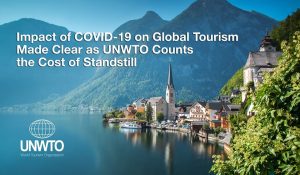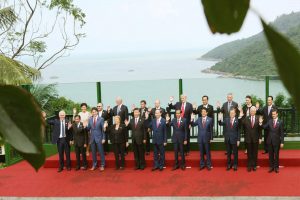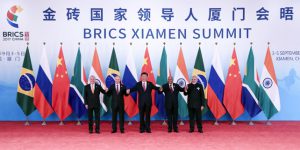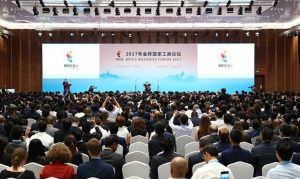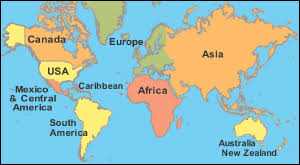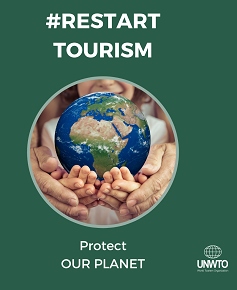Asian growth steady despite weak global prospects, BREXIT
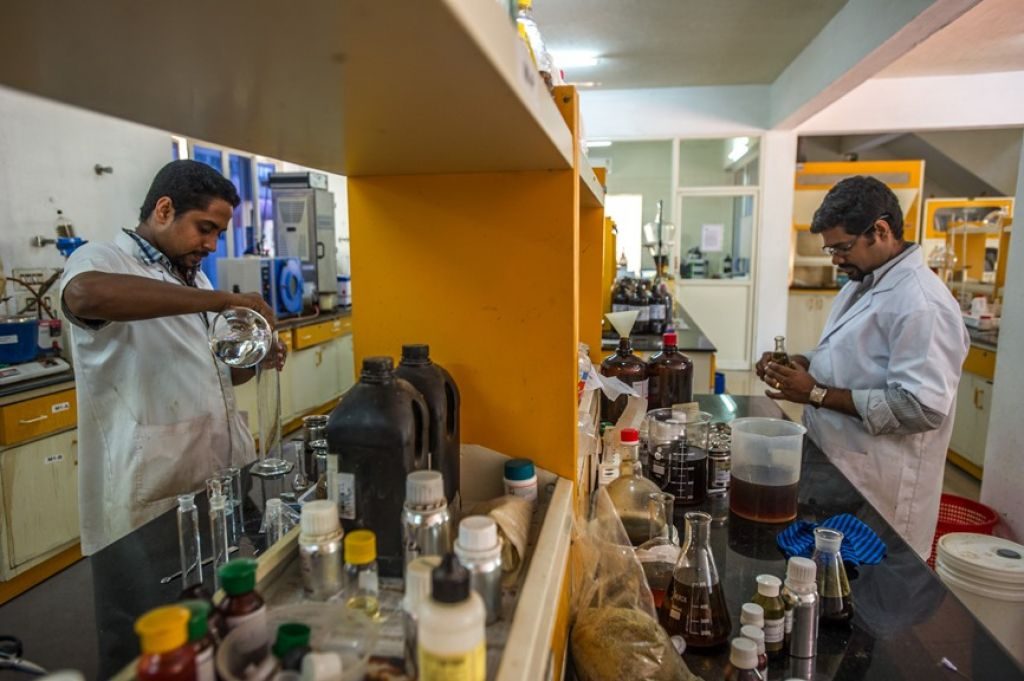
Manila – Growth in Asia and the Pacific’s developing economies for 2016 and 2017 will remain solid as firm performances from South Asia, East Asia and Southeast Asia help offset softness from the US economy, and near-term market shocks from the Brexit vote, says a new Asian Development Bank (ADB) report.
In a supplement to its Asian Development Outlook 2016 (ADO 2016) report, released last March, ADB now forecasts 2016 growth for the developing economies at 5.6%, below its previous projection of 5.7%. For 2017, growth is seen unchanged at 5.7%.
“Although the Brexit vote has affected developing Asia’s currency and stock markets, its impact on the real economy in the short term is expected to be small,” said Shang-Jin Wei ADB’s Chief Economist. “However, in light of the tepid growth prospects in the major industrial economies, policy makers should remain vigilant and be prepared to respond to external shocks to ensure growth in the region remains robust.”
Growth in 2016 and 2017, the report notes, is led by South Asia, and India in particular, which continues to expand strongly, while the People’s Republic of China (PRC) is on track to meet earlier growth projections.
In East Asia, despite muted activity in Hong Kong, China and the Republic of Korea, growth forecasts are unchanged at 5.7% in 2016 and 5.6% in 2017, with the world’s second largest economy, the PRC, on track to meet projected growth of 6.5% in 2016 and 6.3% in 2017. To support its targets, the PRC government is expected to continue using fiscal and monetary stimulus measures.
South Asia, meanwhile is expected to be the fastest growing subregion, led by India, whose economy has shrugged off global headwinds and is on track to meet ADB’s March fiscal year 2016 (year to March 2017) projected growth target of 7.4%, supported by brisk consumer spending and an uptick in the rural economy. In Pakistan, further improvements in energy supply, higher infrastructure investments, and an improved security environment will help push up growth in 2016 and 2017 the report said, while the Bangladesh economy will remain robust on the strength of its garments sector.
In Southeast Asia, growth projections for the subregion in 2016 and 2017 remain unchanged at 4.5% and 4.8%, with solid performances by most economies in the first half of 2016 driven by private consumption. The exception was Viet Nam where the economy came under pressure from a worsening drought that caused a contraction in the agriculture sector.
Continued soft commodity prices and the recession in the Russian Federation have further dampened the growth outlook for Central Asia, with the earlier 2016 forecast of 2.1% trimmed to 1.7%, and 2017 cut to 2.7% from 2.8%. The slump in revenues from hydrocarbon exports are affecting fiscal consolidation efforts in Azerbaijan, Kazakhstan, Turkmenistan and Uzbekistan, while lower remittances, particularly from the Russian Federation, continue to hurt domestic consumption in the subregion according to a press release of ADB.
In the Pacific, growth for 2016 is expected to moderate to 3.9% in 2016 from 7.1% in 2015, with the Fijian economy reeling from Cyclone Winston. However there are some bright spots with stronger-than-expected tourism receipts aiding the Cook Islands and Samoa, while Vanuatu’s economy is being boosted by the rollout of post-cyclone reconstruction work and other major infrastructure projects.
The report now projects inflation for developing Asia to come in at 2.8% for 2016 and 3.0% for 2017—a 0.3 percentage point rise for each year from the previous forecasts. The rise is due largely to a recovery in oil and food prices. Oil prices rebounded from early-year lows and food prices rose nearly 9% in June 2016 from the year earlier, marking the fifth consecutive month the index has risen in value.
ADB, based in Manila, is dedicated to reducing poverty in Asia and the Pacific through inclusive economic growth, environmentally sustainable growth, and regional integration. Established in 1966, ADB in December 2016 will mark 50 years of development partnership in the region. It is owned by 67 members—48 from the region. In 2015, ADB assistance totaled $27.2 billion, including cofinancing of $10.7 billion.
July 18, 2016


